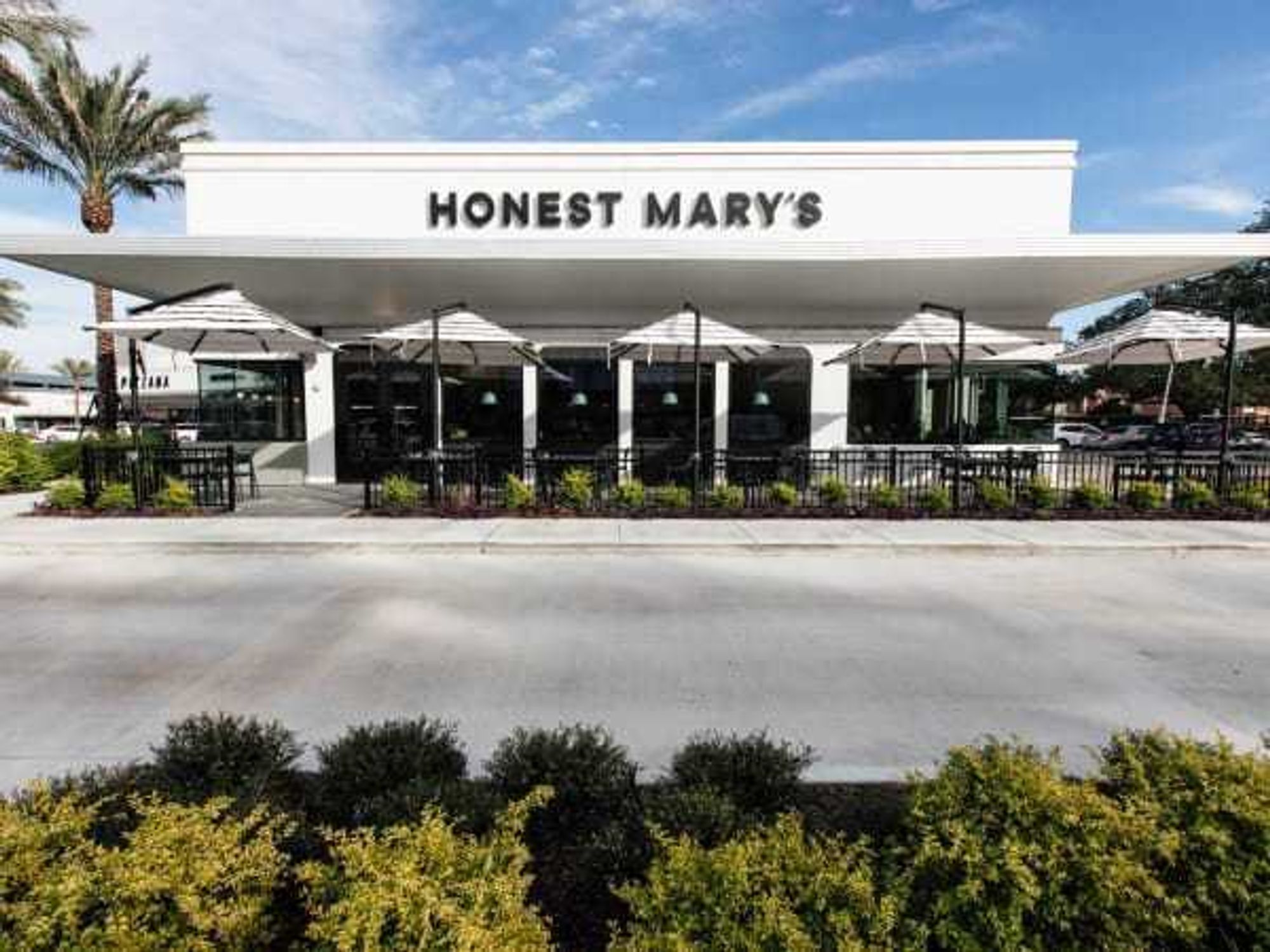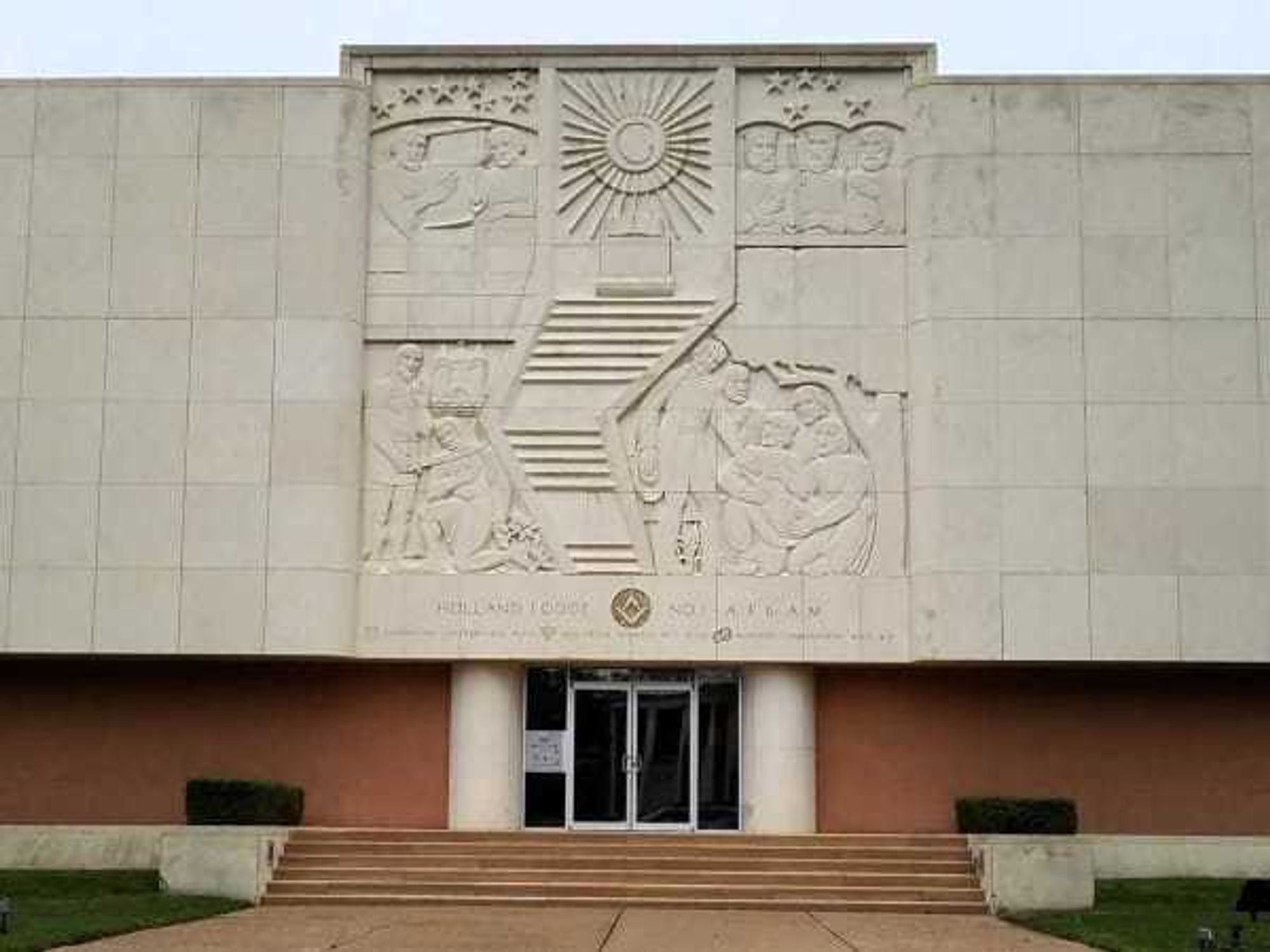John Nau Vision
Thinking Houston big: New $40 million culture center aims to change how touristssee the city
 The Center for Texas Cultural HeritageRendering courtesy of Bailey Architects
The Center for Texas Cultural HeritageRendering courtesy of Bailey Architects Photo by Tyler Rudick
Photo by Tyler Rudick Exhibits at the Center will be geared towards a younger audience, ranging fromgrades four through seven.Rendering courtesy of BRC Imagination
Exhibits at the Center will be geared towards a younger audience, ranging fromgrades four through seven.Rendering courtesy of BRC Imagination Many of the displays, however, will offer an extra layer of historical detailfor curious adults.Rendering courtesy of BRC Imagination
Many of the displays, however, will offer an extra layer of historical detailfor curious adults.Rendering courtesy of BRC Imagination "Birth of the Republic of Texas" — one of the many conceptual designs sumbittedby BRC Imagination Arts, the firm behind Space Center Houston.Rendering courtesy of BRC Imagination
"Birth of the Republic of Texas" — one of the many conceptual designs sumbittedby BRC Imagination Arts, the firm behind Space Center Houston.Rendering courtesy of BRC Imagination With an additional hotel coming to the Discovery Green area, the new heritagecenter will be at the apex of the thriving tourist-friendly neighborhood.Graphic courtesy of The Center for Texas Cultural Heritage
With an additional hotel coming to the Discovery Green area, the new heritagecenter will be at the apex of the thriving tourist-friendly neighborhood.Graphic courtesy of The Center for Texas Cultural Heritage
Mayor Annise Parker joined noted Houston businessman John Nau Thursday to reveal the full scope of the plans for the Nau Center for Texas Cultural Heritage — a new educational facility and visitors center dedicated to the unique history and culture of southeast Texas.
"Two years ago, John and I sat down and began to have some serious conversations about this project," Parker said at a press event on the future building site, located along Avenida de las Americas between the George R. Brown Convention Center and Minute Maid Park.
"I had just a very small idea. I wanted a simple tourism center. It was a really nice vision, but it was way too small for John."
"I had just a very small idea. I wanted a simple tourism center that could capture the folks from the convention or sports venues to explore our amazing cultural heritage . . .
"It was a really nice vision, but it was way too small for John."
Geared toward students in fourth through seventh grades with additional material for adults, the forthcoming center is expected to become a new starting point for tourists to delve deeper into the history of both the city and the entire region.
"If you're really passionate about NASA, for example, it's not just about going to Space Center Houston," Parker said. "It's about going to the City of Houston's own Gragg Building, the headquarters of our parks department which was the first home of mission control and has some nifty space artifacts."
During the ceremony, John Nau — chairman of the center's new board and CEO of Silver Eagle, the nation’s largest distributor of Anheuser-Busch products — announced he would be donating $8 million to the $40 million capital campaign to construct the facility. Houston First Corporation, which manages the convention center and surrounding hotels, is providing an additional $15 million to see the building to completion.
Historical inspiration
"There really hasn't been a place to direct visitors and conventioneers to places like Washington-on-the-Brazos or San Jacinto, one of the most important battles in the history of the U.S.," Nau told CultureMap in an interview after the event.
"Houston thinks big, dreams big and takes action. That message has to come out to inspire the young people ."
"This will be far more than just a visitor building. After we traveled to cultural and heritage centers in place likes Philadelphia, Gettysburg and Springfield, Illinois, it became clear that this project should have a strong educational component if it's going to succeed."
Early organizers of the Center for Texas Cultural Heritage assembled a diverse group of leaders from across the region to discuss how to present the rather complex and many-layered history of the greater Houston area.
"Out of these first meetings came this notion that Houston has big ideas. People here have vision and they back it up with action," Nau said, naming the Houston Ship Channel and the Texas Medical Center as but two of the city's seemingly-impossible achievements.
"Houston thinks big, dreams big and takes action. That message has to come out to inspire the young people. It's not just learning about Texas history. It's about being inspired to think bigger than they might normally think."

 The building at 4911 will be torn down for the new greenspace. Holland Lodge No. 1, A.F. & A.M./Facebook
The building at 4911 will be torn down for the new greenspace. Holland Lodge No. 1, A.F. & A.M./Facebook